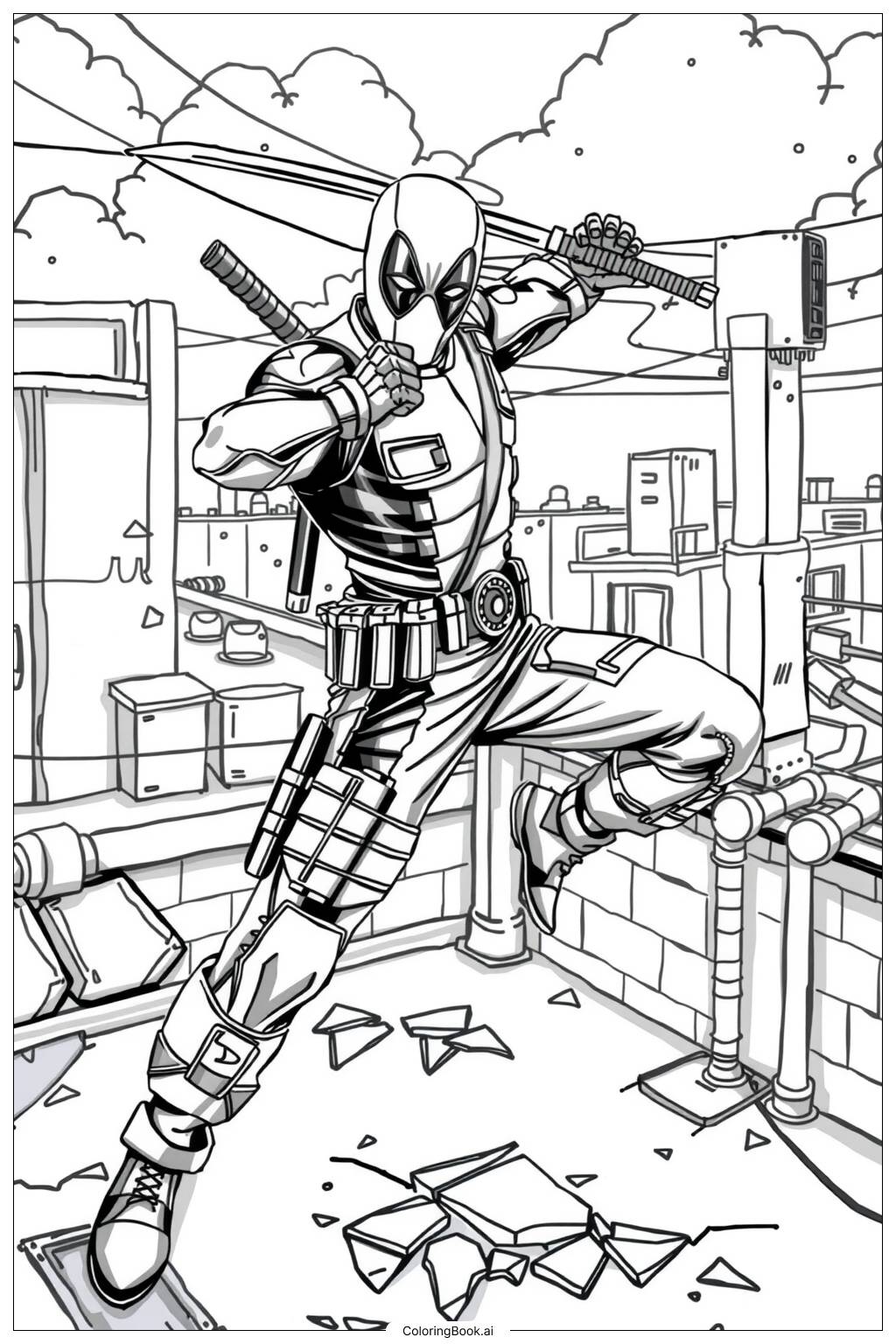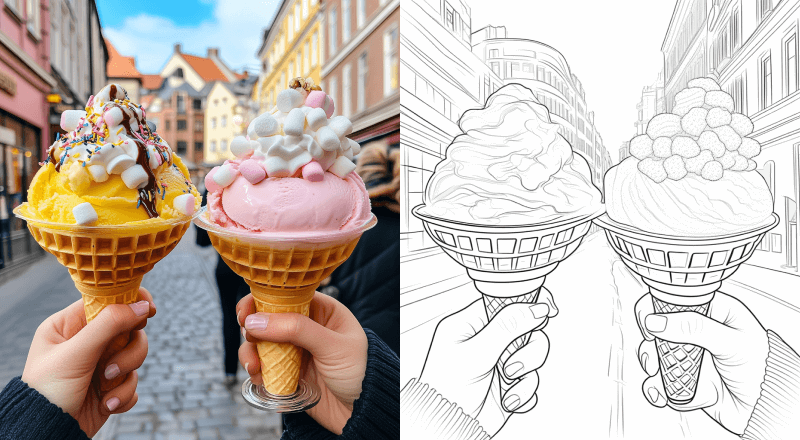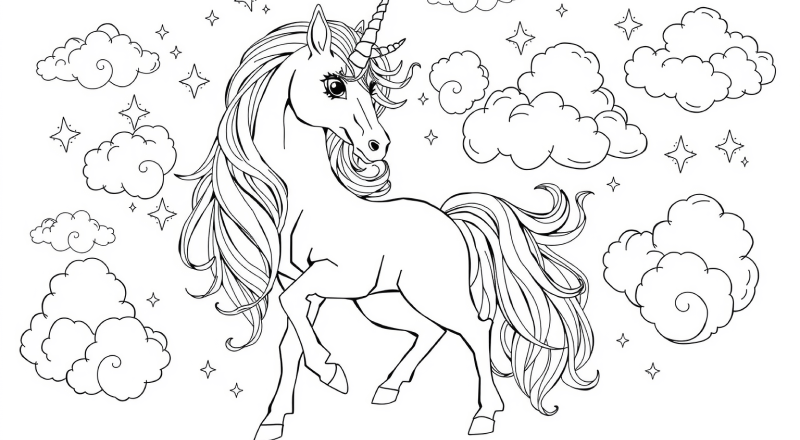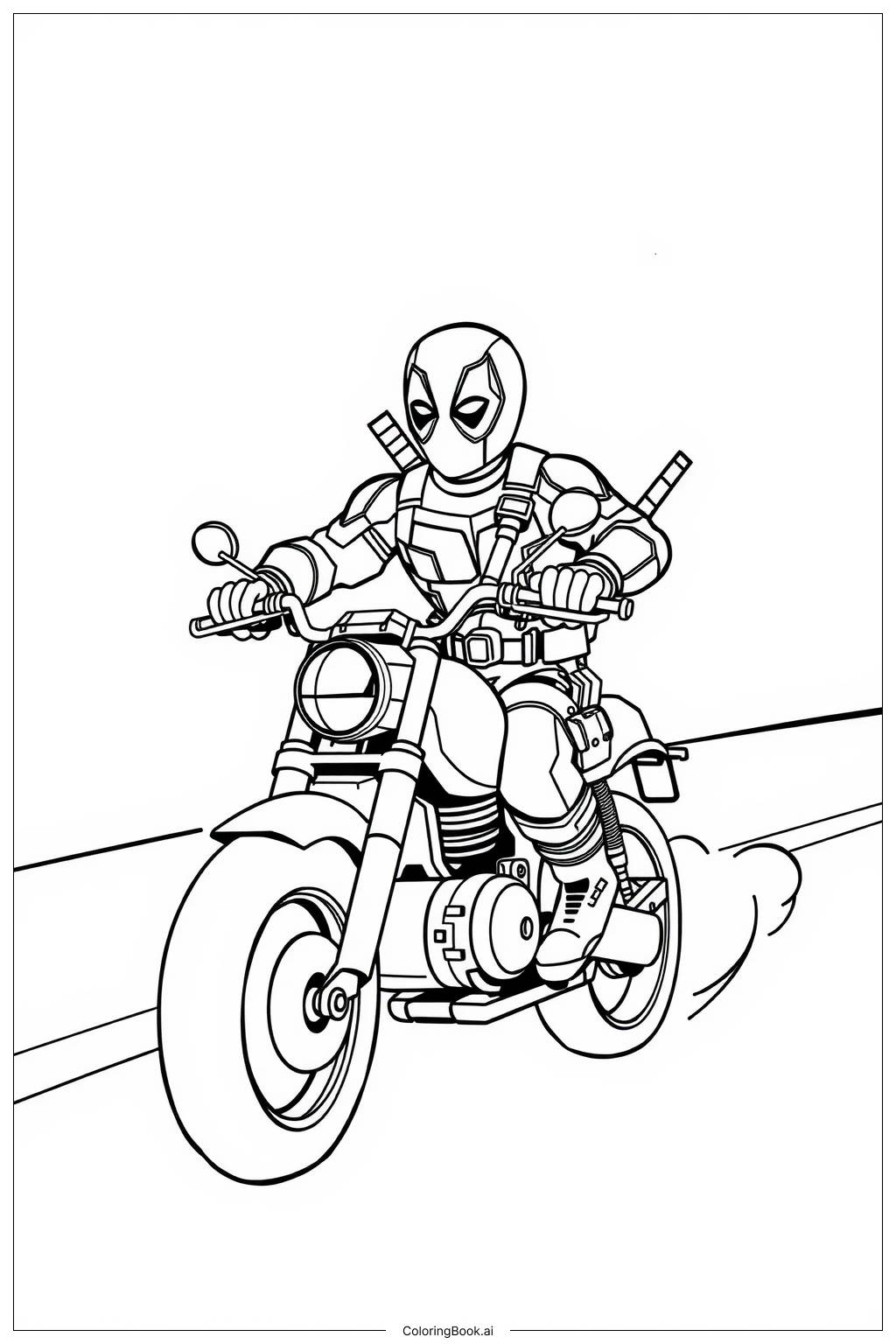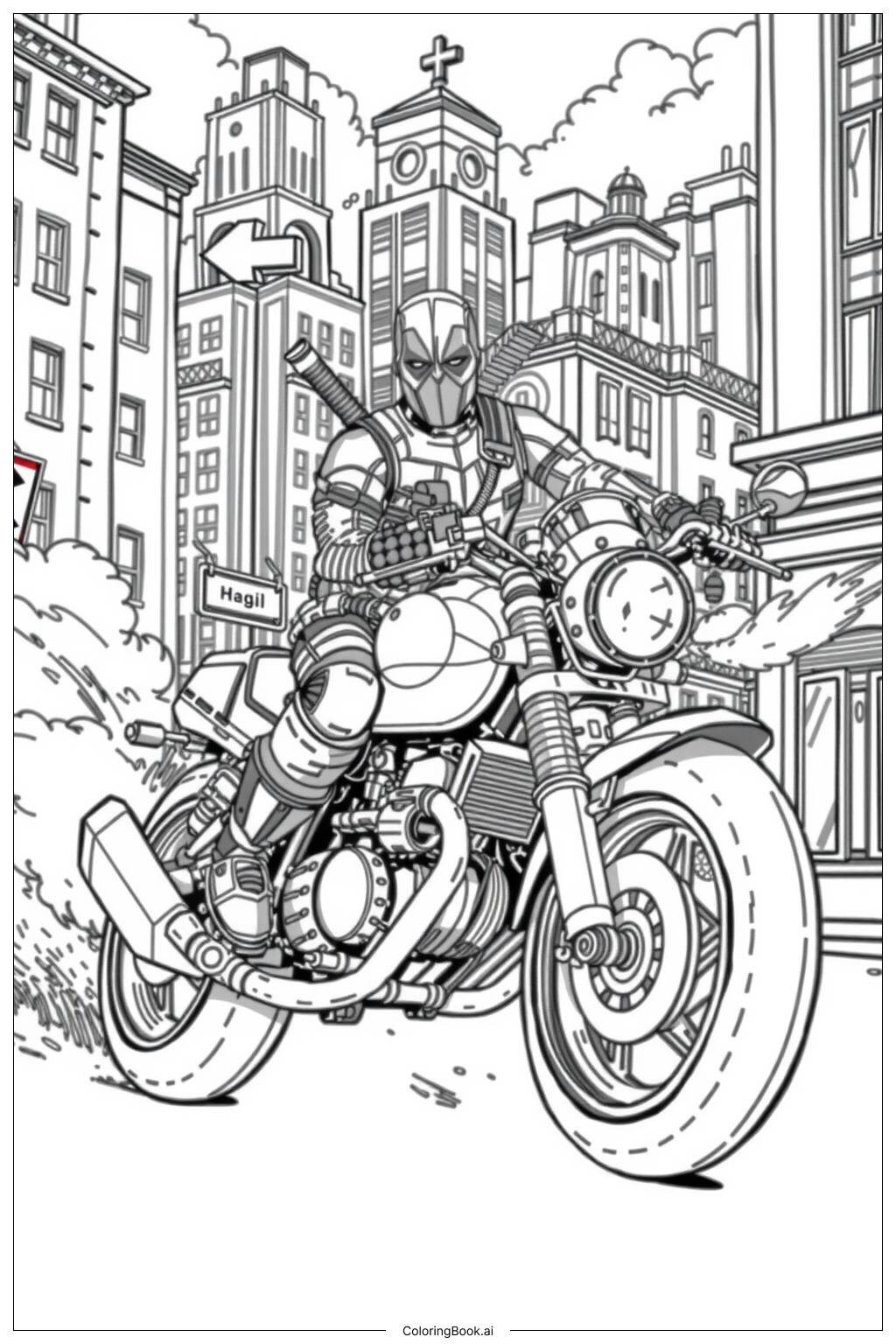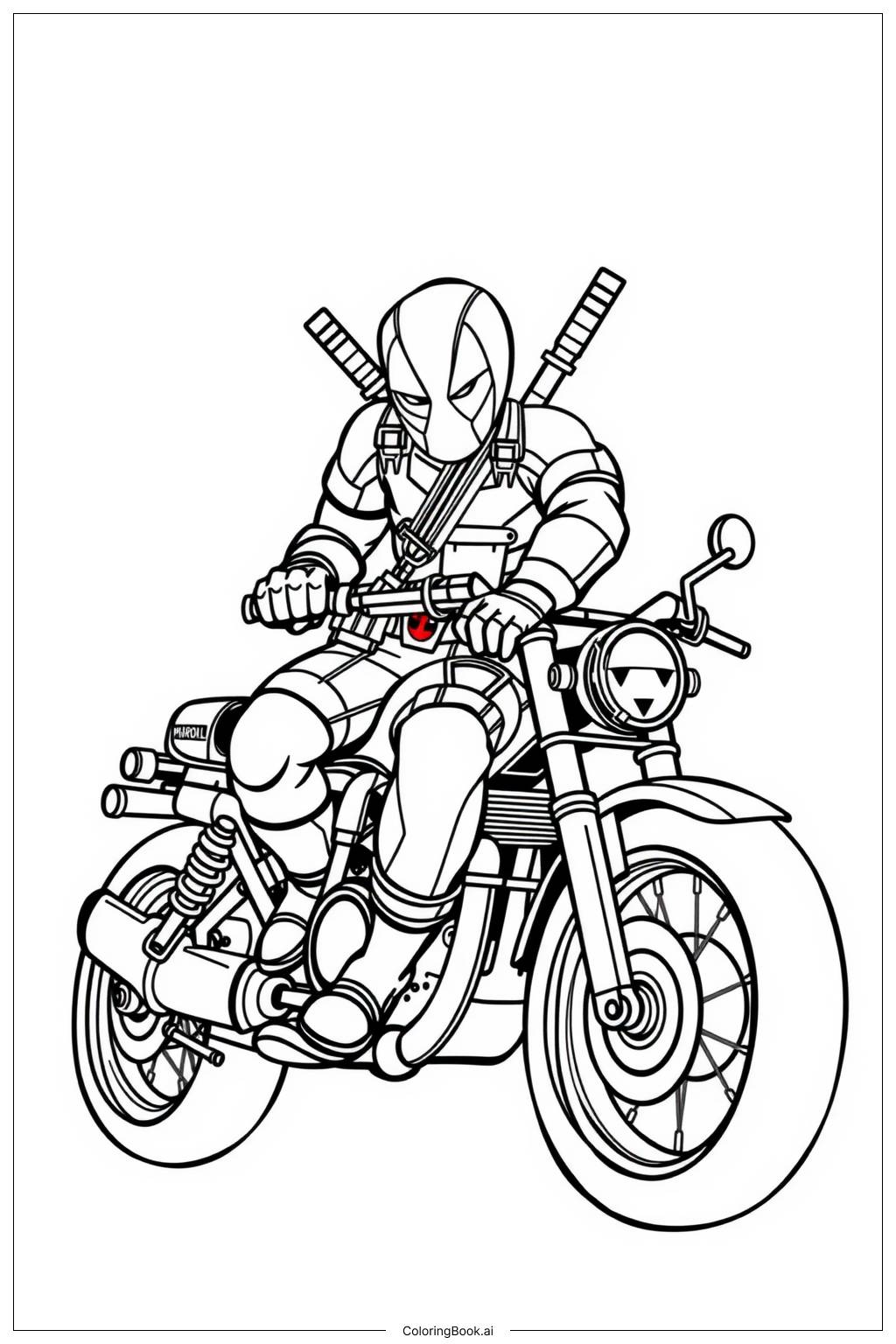Coloring tips: How to color Deadpool Wearing Classic Red Suit coloring page well?
When coloring Deadpool, use bright red for his suit and black for the accents. You can add some white for the eye patches. The scenery can be colored with shades of blue for the sky and gray for the buildings. Consider using different colors for the debris on the ground to make it lively. Don't forget to add shading to create depth. Watercolor can give a nice effect, but colored pencils also work well for details. Encourage creativity by allowing kids to choose their color schemes!
Coloring challenges: Which parts are difficult to color and need attention for Deadpool Wearing Classic Red Suit coloring page?
1. Deadpool's suit has several sections, which can be challenging to color accurately without going outside the lines. Young artists should practice control over their coloring tools. 2. The shadows and highlights in the outfit can confuse children. They may struggle to determine where to add darker colors versus lighter shades. 3. The background includes details such as clouds and rooftops that require careful coloring to create a cohesive look. Maintaining focus on the details while coloring the main character can be tough. 4. Using more than one color for any section may overwhelm some children, especially if they are not confident in their blending skills. 5. The broken ground adds complexity, as kids may want to add various colors to the debris, which could lead to a messy result if not carefully planned.
Benefits of coloring books: Advantages of drawing Deadpool Wearing Classic Red Suit coloring page
Coloring this Deadpool image is a fun and creative way for kids to express themselves. It helps improve motor skills as they practice holding crayons and staying within the lines. Coloring also enhances color recognition and decision-making as children choose colors for different parts of the picture. It can be a calming activity, offering relaxation and focus. Additionally, completing a coloring page fosters a sense of achievement, boosting children’s confidence and encouraging them to tackle more challenging projects in the future.
